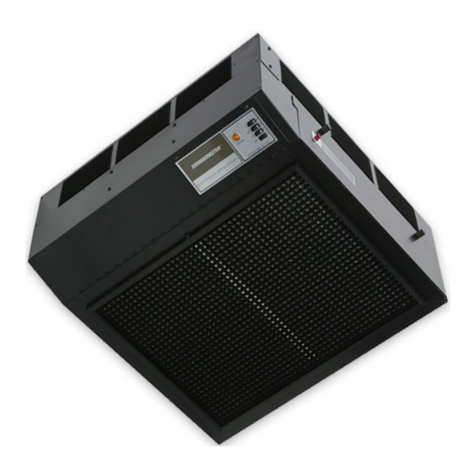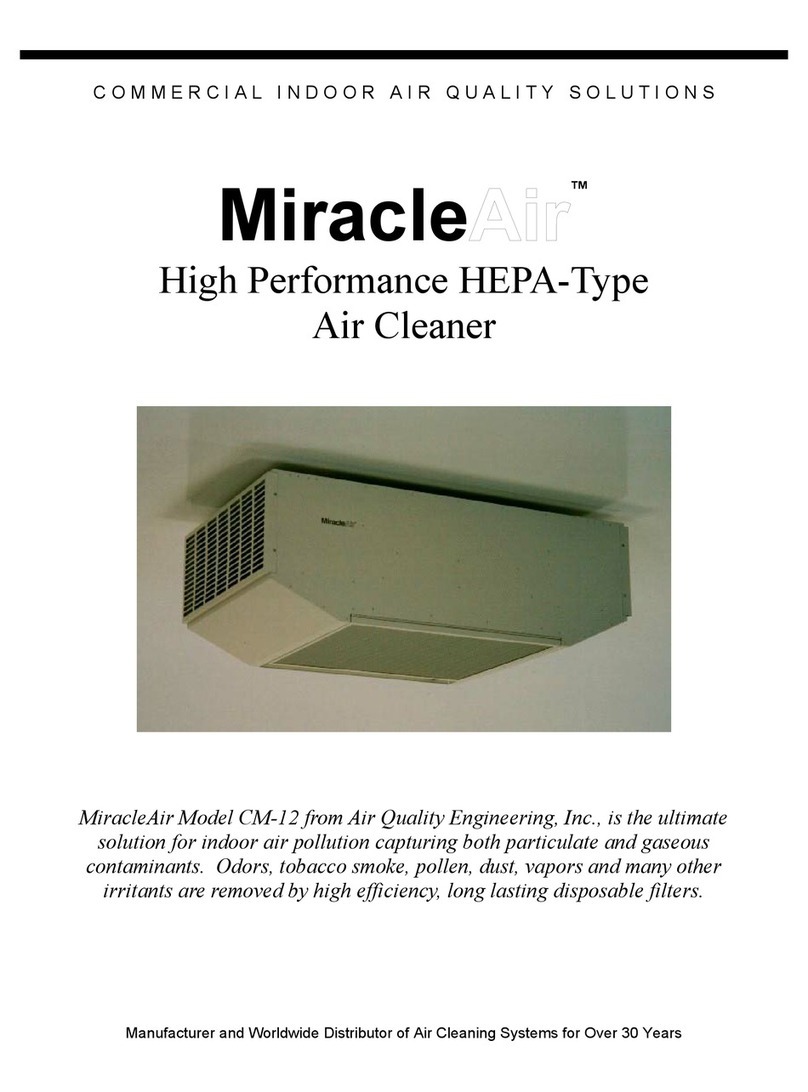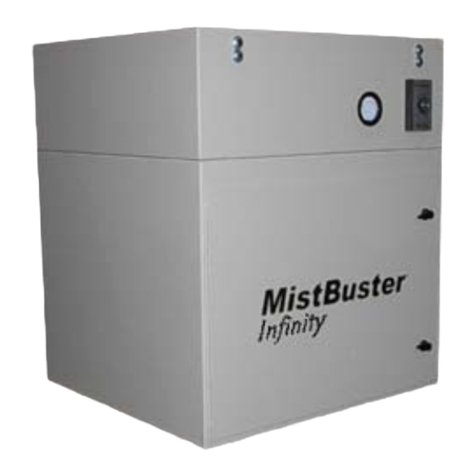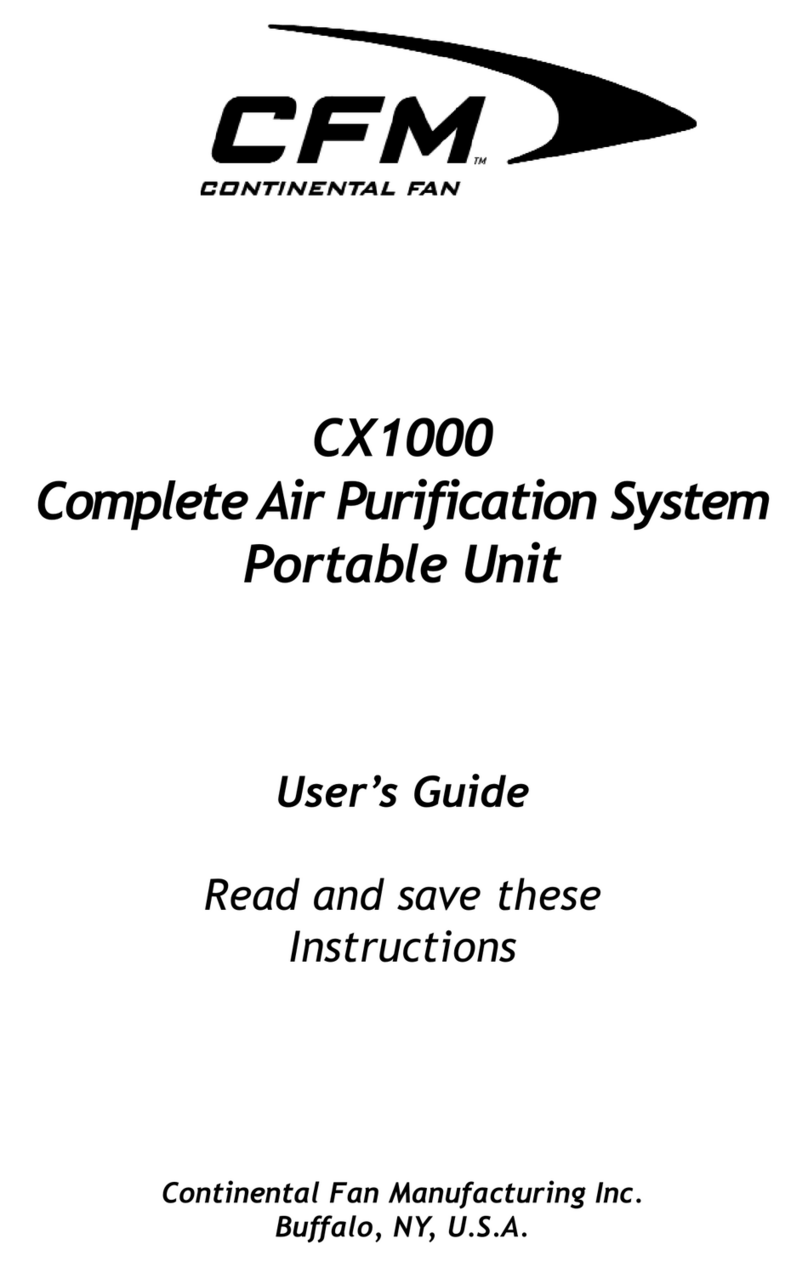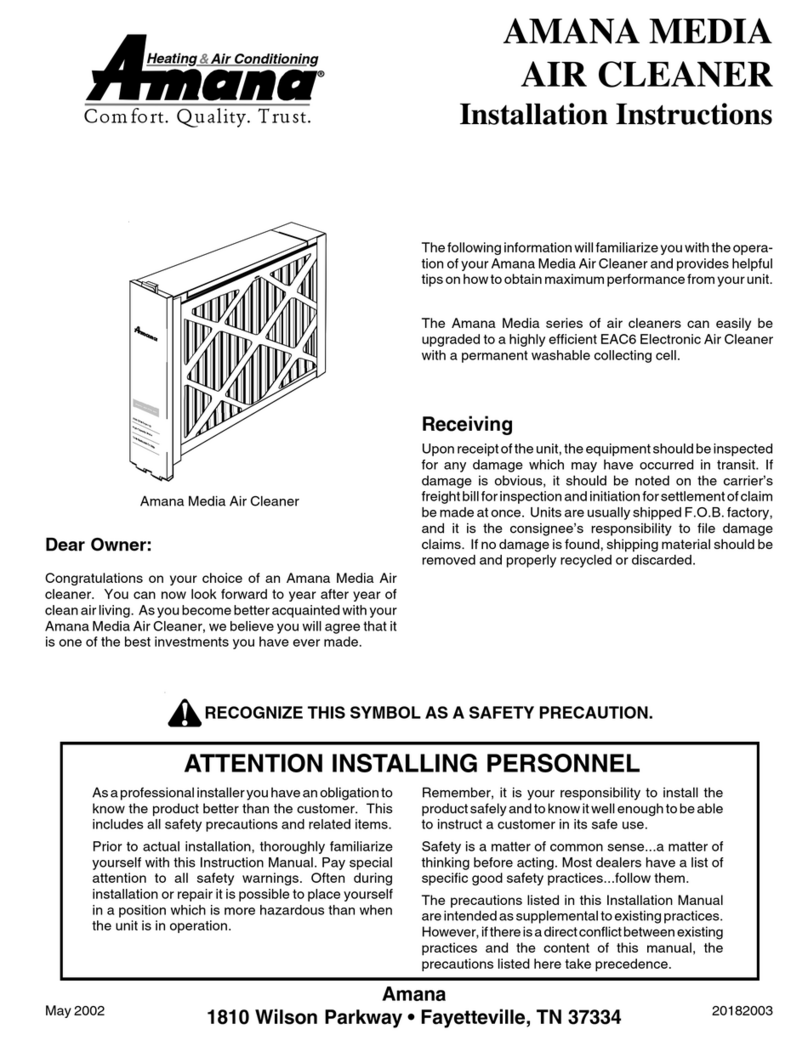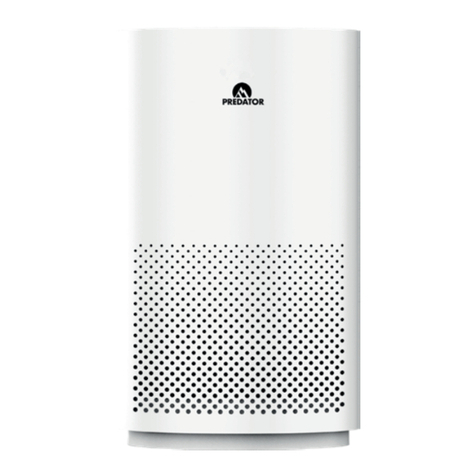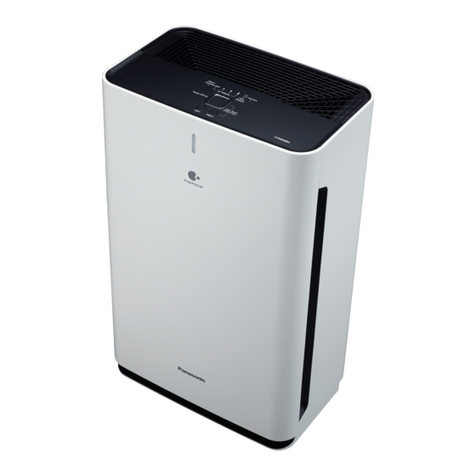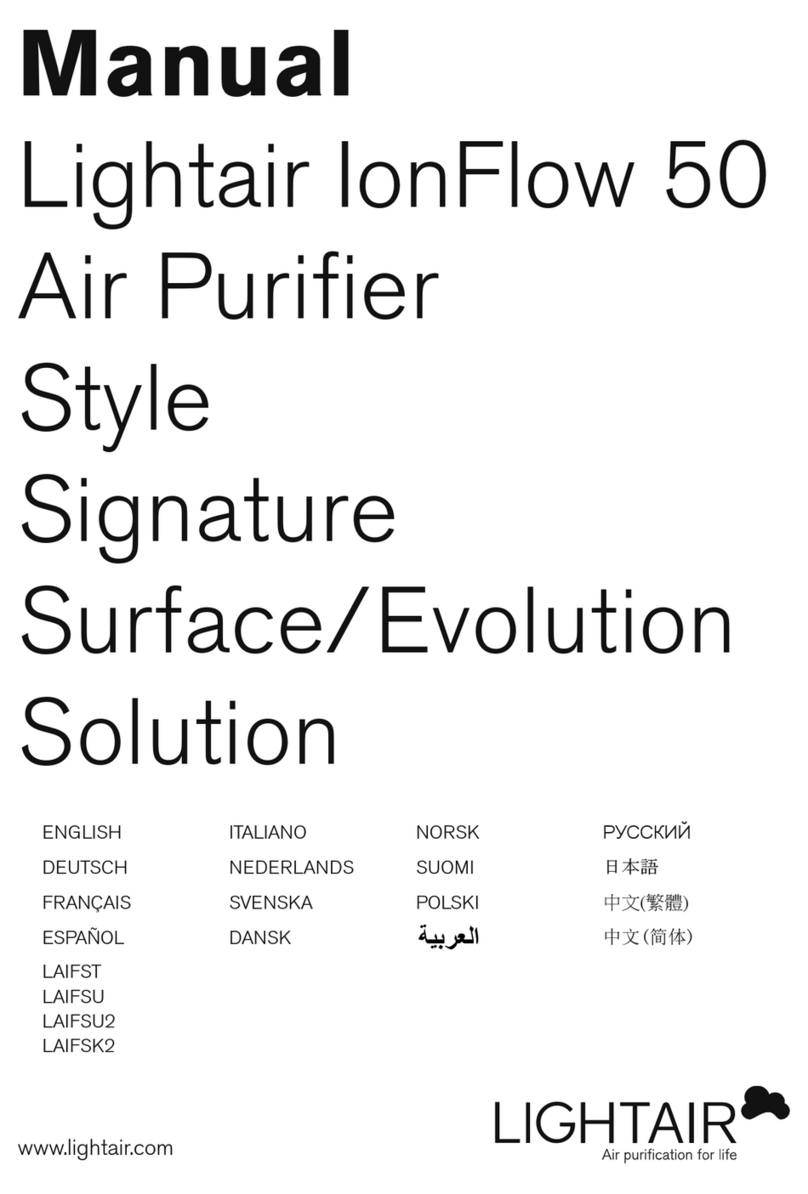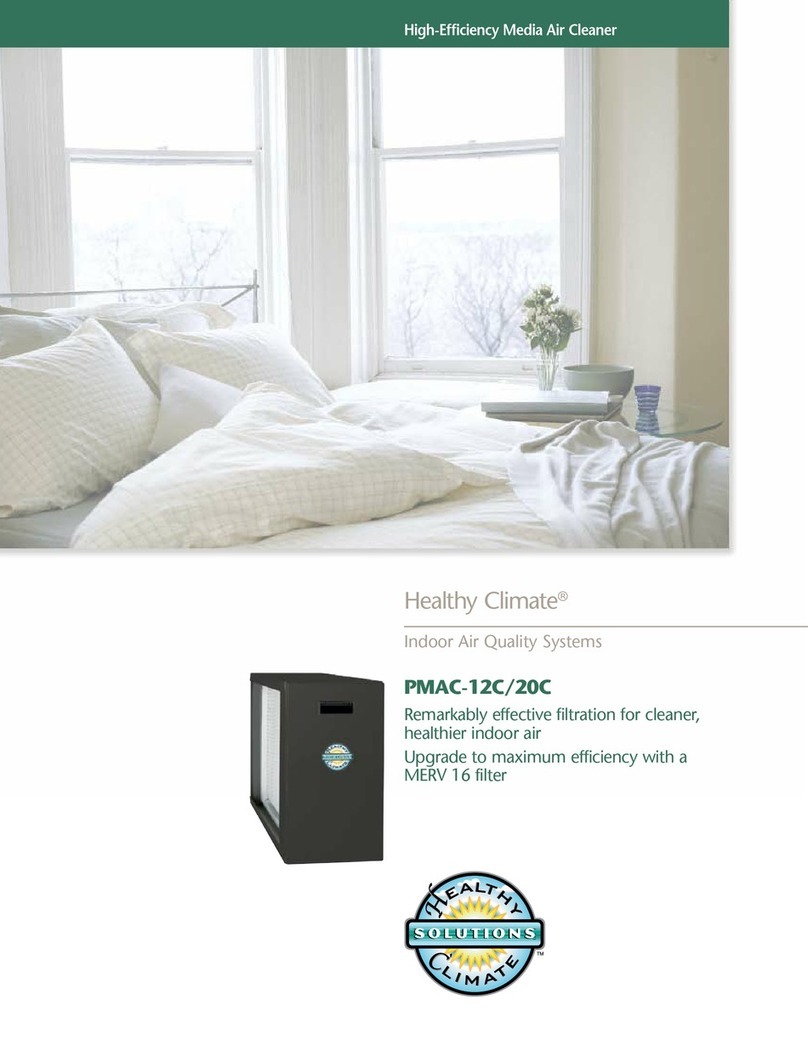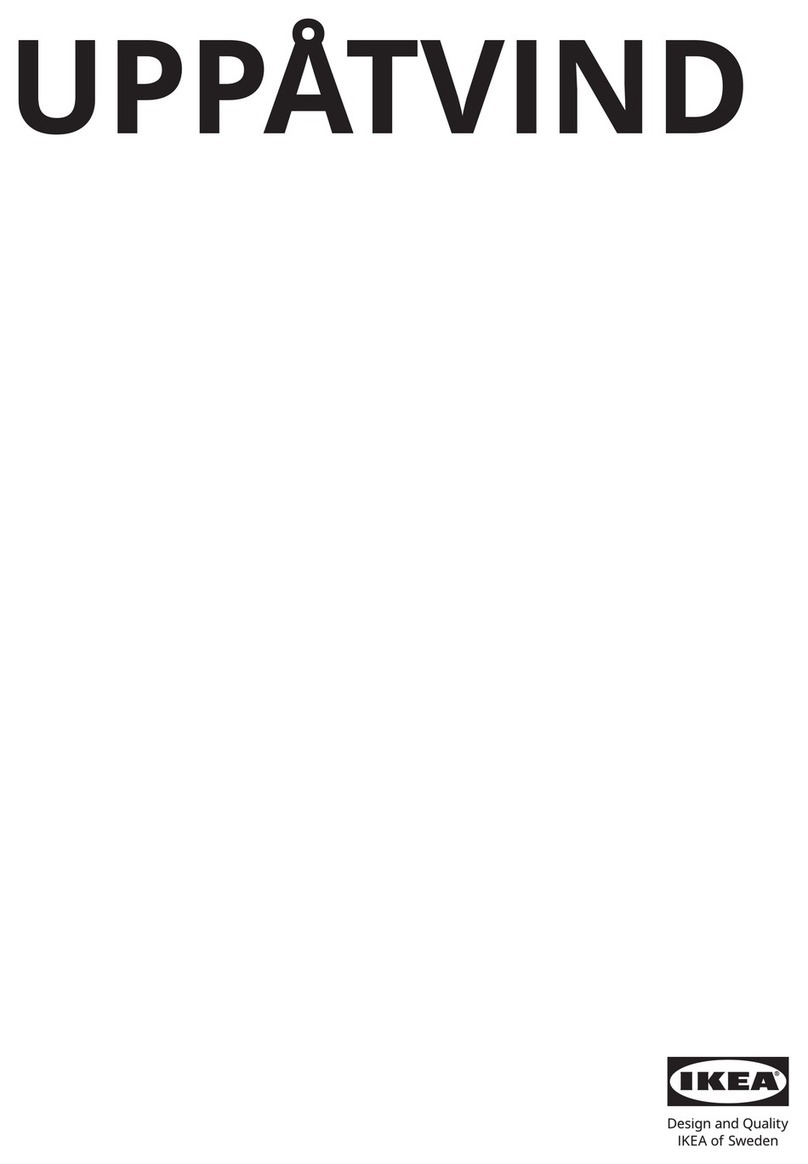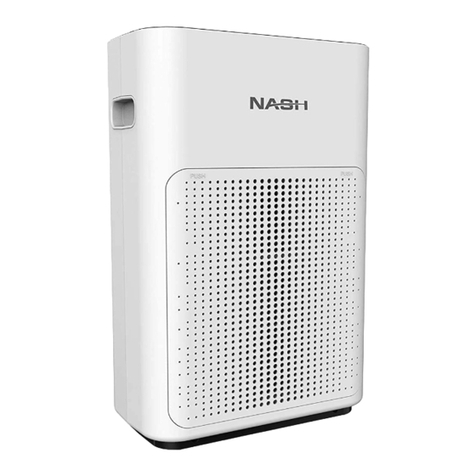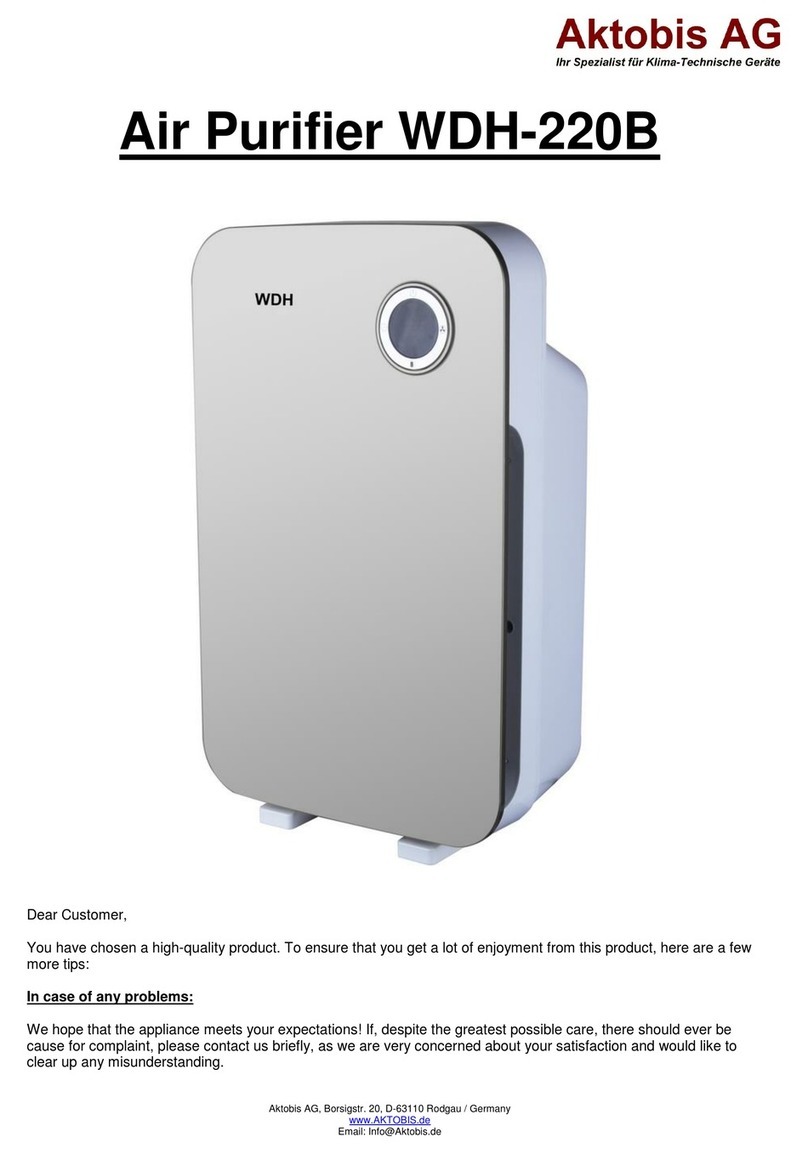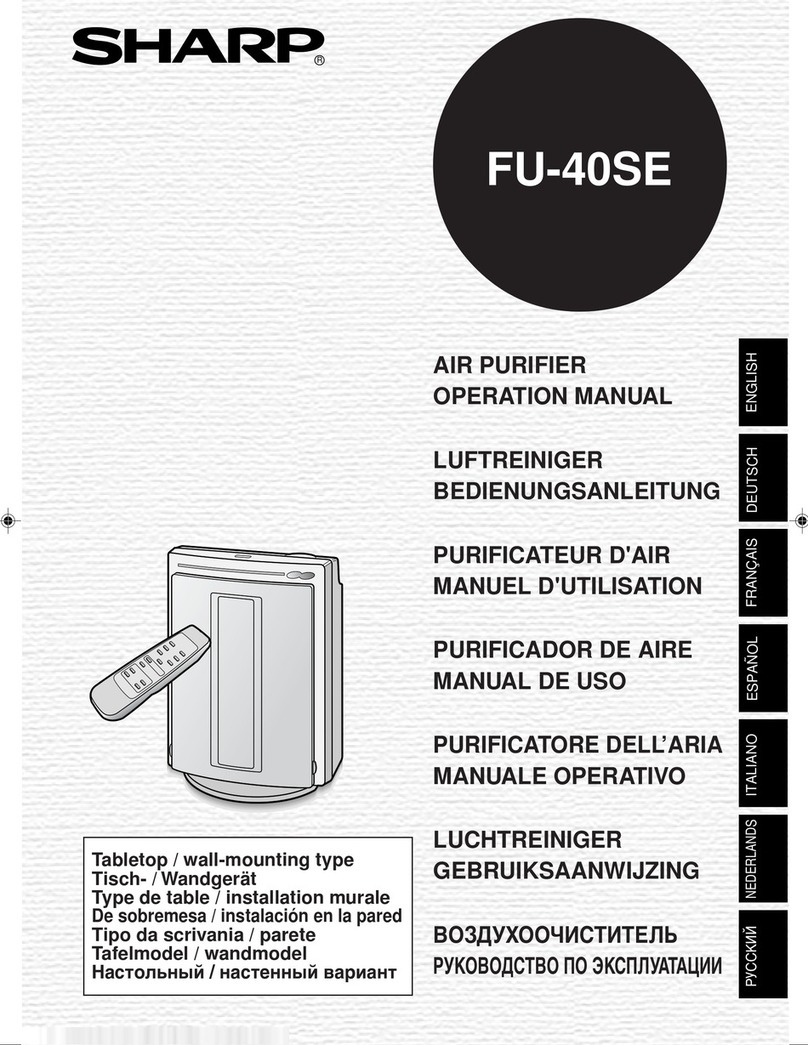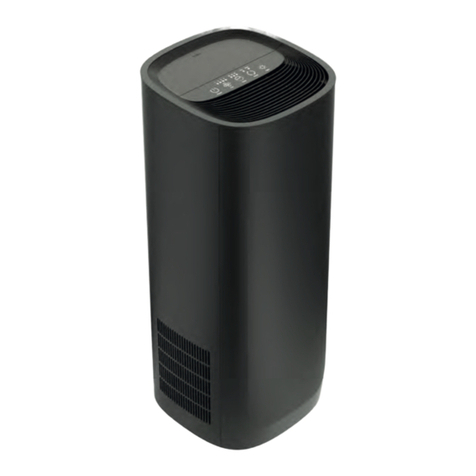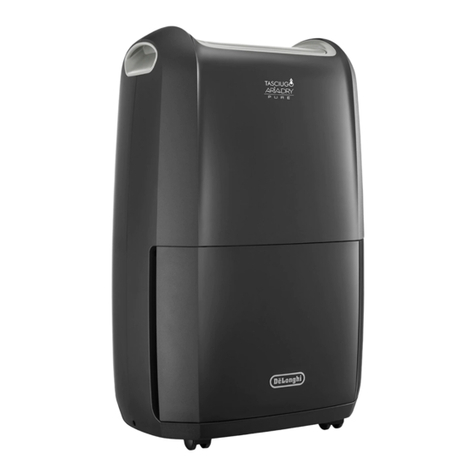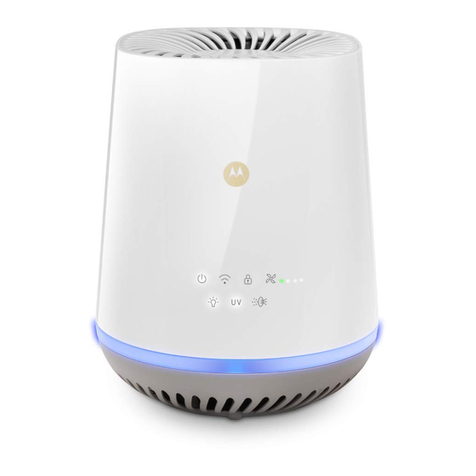
7
PLANNING THE INSTALLATION
INTRODUCTION
Clean air is the subject of numerous laws and
regulations. Typical requirements in the United
States are those put out by the Occupational
Safety and Health Administration (OSHA). Private
groups, such as the American Society of Heating,
Refrigeration and Air Conditioning Engineers
(ASHRAE), have also published numerous
recommendations.
Normally, clean air is defined in regulations and
recommendations as air having a limited amount
of contaminant in it, commonly expressed as parts
per million or milligrams per cubic meter.
Approved counteractions are intended to lower or
eliminate the amount of contaminants in the air.
One of the more common methods of achieving
this goal is through the use of air cleaners.
AIR CLEANER SIZING
The
AutoClean
air cleaner is usually sized
according to the capacity of the air handling
system and the desired efficiency. See Fig. 3.
The ASHRAE Standard 62-81, Natural and
Mechanical Ventilation, gives recommended
quantities of ventilation air in terms of 100 percent
outdoor air. The Standard recommends as much
as 50 CFM per person ventilation air where people
are smoking, such as in a cocktail lounge. These
recommended outdoor air quantities may be
reduced if air cleaning is provided. However, the
Standard recommends that “in no case shall the
outdoor air quality be less than five CFM per
person.”
The reduction in outside ventilation air required
represents the potential for savings through the
use of clean recirculated air. This potential for
savings can be achieved by a system that reduces
particulate and gaseous contaminants to within the
ASHRAE recommended limits.
The
AutoClean
helps to provide this clean,
recirculated air by removing particulate
contamination (visible smoke). The reduction in
outdoor air used, of course, means a reduction in
the amount of heating or cooling required. This
reduces both operating cost and equipment wear.
Remember that the air cleaner must meet the
needs of the user. You are encouraged to use
your experience and judgment in the application of
this data keeping in mind local codes and
minimum air requirements.
Airflow recommendation with pressure drop and efficiency rating:
F 61 A F 61 B F 61 C Efficiency Water Pressure Drop
cfm M
/ hr cfm M
/ hr cfm M
/ hr (Percent) In. KPa
1000 1699 2000 3398 4000 6896 99 0.06 0.015
1500 2548 3000 5097 6000 10,194 99 0.12 0.030
2000 3398 4000 6796 8000 13,592 95 0.22 0.055
2500 4248 5000 8495 10,000 16,990 90 0.33 0.083
3000 5296 6000 10,194 12,000 20,388 80 0.49 0.122
Efficiency ratings based on National Bureau of Standards Dust Spot Method and American Society of Heating, Refrigerating and Air-Conditioning
Engineers Standard 52-76, using atmospheric dust.
FIGURE 3 –
AutoClean
ELECTRONIC AIR CLEANER CAPACITY AND EFFICIENCY
COMMERCIAL APPLICATIONS
When deciding on the number of air cleaners
required for applications such as a restaurant,
bowling alley, store, bar or lounge, several
conditions must be considered. They are:
1. Air to be cleaned of dust, tobacco smoke,
greases, etc. These conditions may require a
higher efficiency in the electronic air cleaner
installation.
2. Capacity cubic feet per minute (cfm) of
equipment and system.
3. Method of calculation-must be forced air,
distributed evenly to all parts of the controlled
area with the required air changes per hour.
4. Maximum number and average number of
people that will occupy controlled area.


